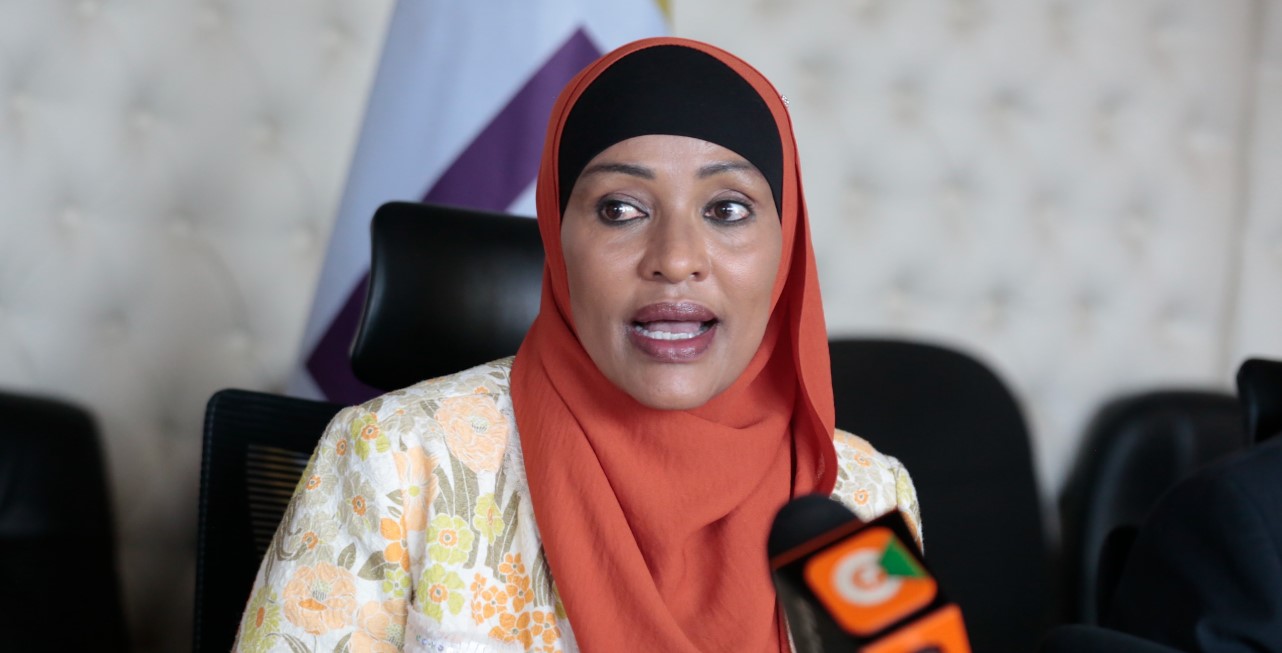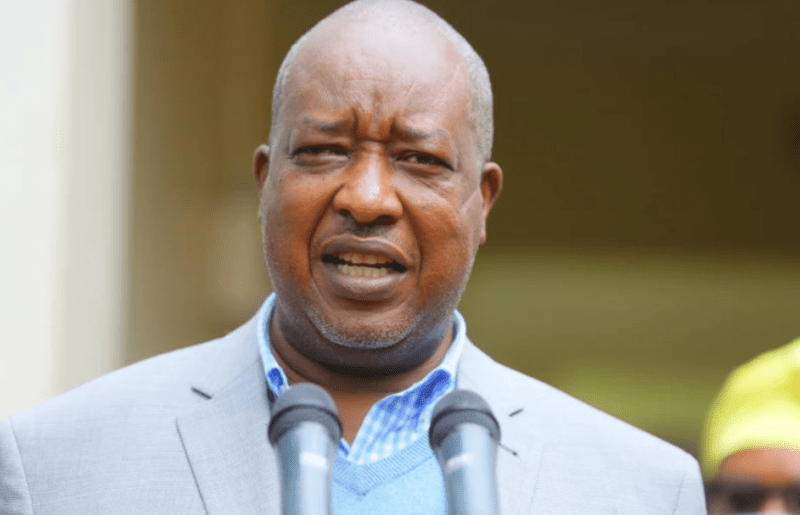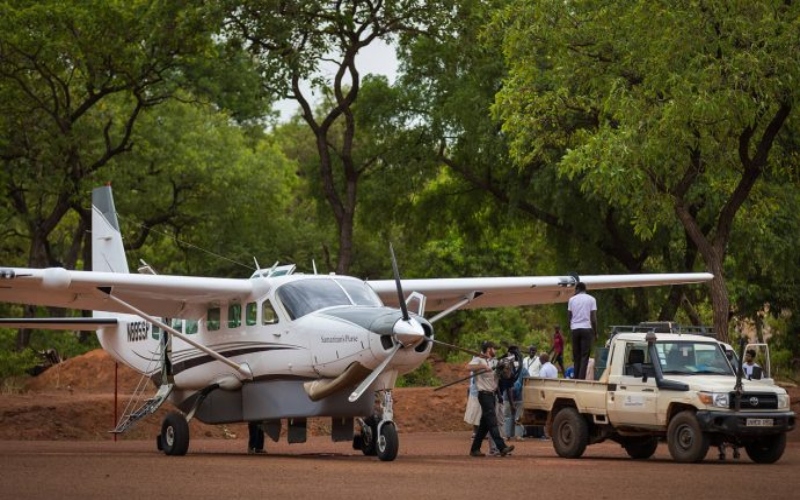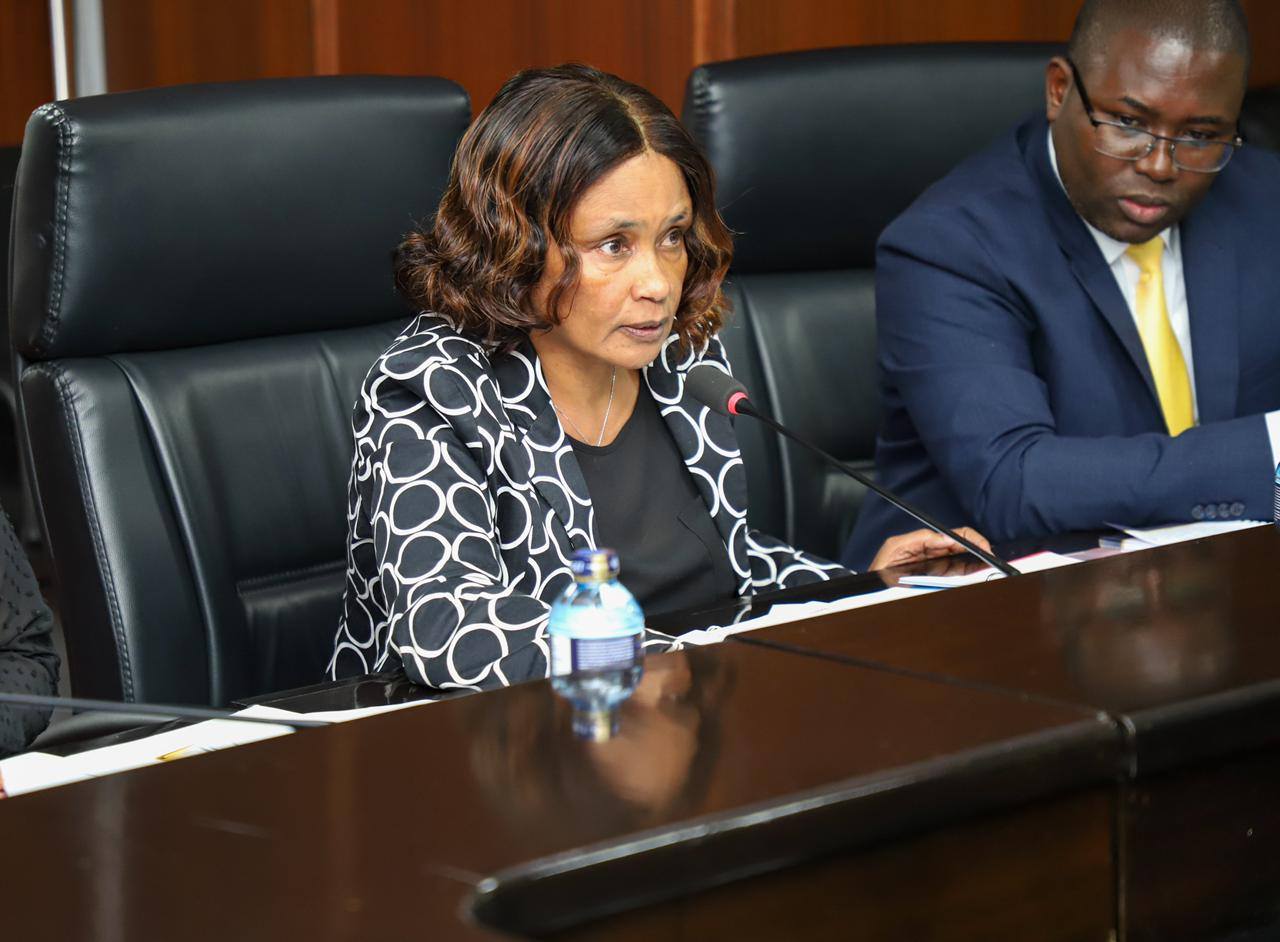Kenya’s foreign exchange reserves hit all time high on new Eurobond
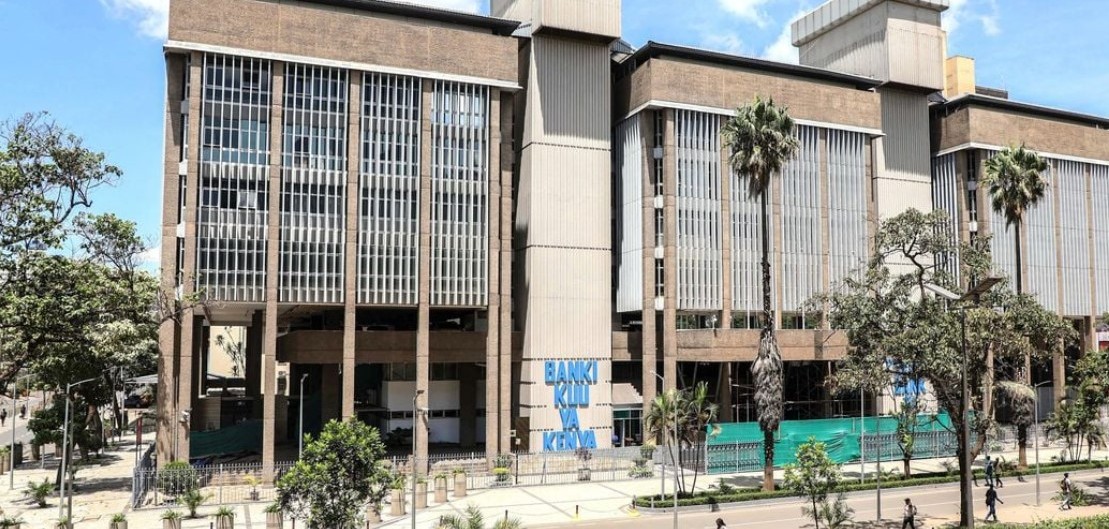
With large debt-service payments looming in early 2026, the current cushion offers the government greater breathing room to plan repayments without putting pressure on domestic resources or the currency.
Kenya’s foreign exchange reserves have surged to an all-time high of $12.07 billion (Sh1.56 trillion) as of October 15, the latest Central Bank of Kenya (CBK) figures show.
The record level represents 23 weeks of import cover, well above the statutory minimum of 17 weeks, and signals growing strength in Kenya’s external financial buffers.
More To Read
- Why mastering Generative AI is the fastest way to boost your career and salary
- Africa’s agricultural exports are losing ground: Four key interventions that could lift sector again
- World Bank sounds alarm as Kenya’s labour market weakens, wages fall and informal jobs surge
- World Bank upgrades Kenya’s growth outlook to 4.9 per cent, warns of elevated risks
- Residents to receive Sh500 million compensation for Isiolo-Garbatulla-Modogashe road project
- Africa’s share of global extreme poverty rose by 30 per cent in 10 years - World Bank
While the apex bank did not specify the reasons behind the surge, the sharp increase coincides with the inflow from the government’s October 2025 Eurobond issuance, which raised $1.5 billion (Sh194 billion), widely seen as the primary driver.
According to the exchequer, a portion of the proceeds will be used to repurchase $1 billion of the February 2028 Eurobond, with the primary goal of extending debt maturities and reducing refinancing costs.
Notably, no other significant inflows of comparable size were recorded in the period, confirming that the reserve gain was mainly linked to the Eurobond settlement.
For instance, remittance inflows, a significant contributor to the reserves, amounted to $419.6 million (Sh54.2 billion) in September 2025, broadly unchanged from $418.5 million (Sh54.1 billion) recorded in the same month last year.
The 12-month cumulative inflows to September 2025 increased by 7.6 per cent to $5,080 million (Sh656.5 billion) compared to $4,723 million (Sh610.4 billion) in a similar period in 2024.
“They remain a key source of foreign exchange earnings and continue to support the balance of payments,” CBK said.
A higher reserve position significantly improves Kenya’s ability to meet external obligations.
With large debt-service payments looming in early 2026, the current cushion offers the government greater breathing room to plan repayments without putting pressure on domestic resources or the currency.
The reserves also strengthen CBK’s hand in managing currency volatility.
The shilling has remained relatively stable at around Sh129 to the US dollar, and with more firepower in reserve, the monetary authority can intervene more effectively in forex markets without rapidly depleting its holdings, a concern that had grown through 2023 as reserves declined.
Analysts point out that this turnaround suggests Kenya’s access to external financing is recovering, helping to calm market jitters.
The current level of reserves also points to a broader improvement in the balance of payments.
Top Stories Today
